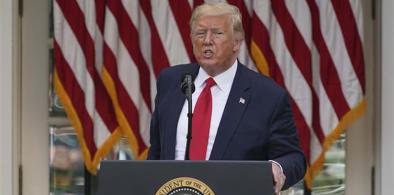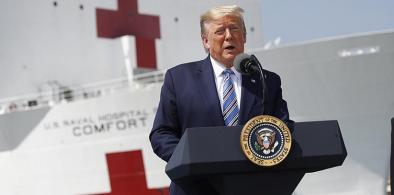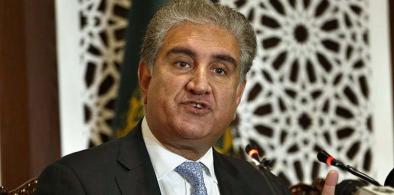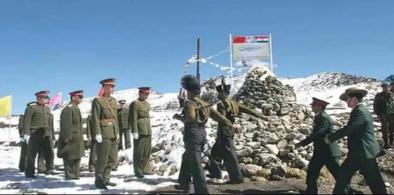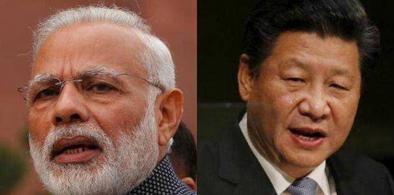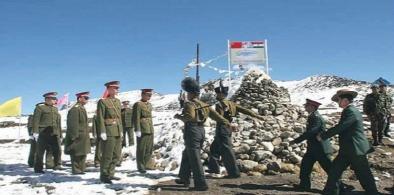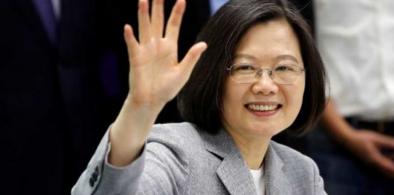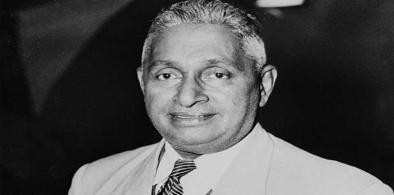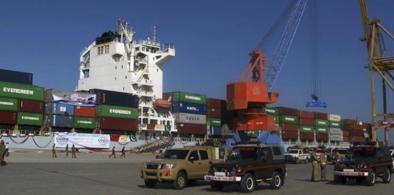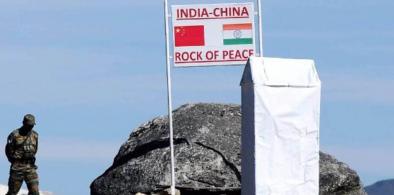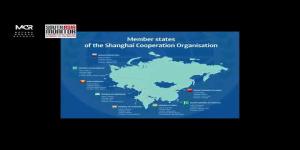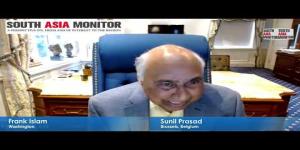US President Donald Trump is facing rising tensions with China, but he has turned his sights on India offering to mediate “mediate or arbitrate” the border dispute between the two Asian giants

Is A India–China War Possible? A Fragile Peace Will More Likely Hold
While low-level clashes may continue, the possibility of a large-scale conflict, as projected by recent U.S. intelligence reports, remains far-fetched. Both countries are acutely aware that they stand to lose far more than they can gain. Despite uneasy relations, several factors actively discourage conflict
China's Reactions To Terror Incidents: State And Social Media Echo Clear Bias For Pakistan
The two incidents in India and Pakistan over the course of a week have shown that the coverage of terrorism by the Chinese media ecosystem largely reinforces the state’s foreign policy narratives and preferences for alignment in South Asia. Pakistan emerges as a clear preference for the public, which is reinforced by commentators and opinion makers on non-state news media platforms.
China’s CPEC Extension To Afghanistan Has Security Implications For Region
CPEC 2.0 is expected to serve as a major leverage tool for China to access Afghanistan’s untapped natural resources and enhance connectivity to Pakistan and Central Asia. However, for Afghanistan, the initiative may be more of a challenge than an opportunity. Countries such as Sri Lanka and the Maldives have already faced severe economic consequences from poorly structured Chinese-funded projects.
China's New Great Game: How Beijing is Redrawing South Asian Geopolitics
China's rise has, in the consensus view of most international relations scholars, fundamentally changed South Asia. The old, India-centric region is gone. Pakistan has tied its future to Beijing, seeing China as its ultimate guarantor. Bangladesh has played a smart game, using Chinese money for national development while maintaining its "friendship-to-all" foreign policy. The Teesta project shows Dhaka's new confidence in following its own national interest. For India, the challenge is immense, as it must now compete for influence in its own backyard.
China extends olive branch to India
China extended conciliatory messages to India after the US requested for an immediate online UN Security Council meeting to discuss a new legislation for Hong Kong to crush all dissent
US offers to mediate between China, India on border row
The US on Wednesday revealed that it has offered to mediate in the ongoing standoff between India and China at the Line of Actual Control (LAC) in Ladakh
China can't remain oblivious to India's illegal constructions in Ladakh. says Pakistani foreign minister
Pakistan's Foreign Minister Shah Mahmood Qureshi said on Wednesday that the recent conflict between China and India was triggered by the latter's "illegal constructions" in Ladakh, Radio Pakistan reported
'Chinese Banks providing support for Sri Lanka’s post COVID-19 economic recovery'
Hu Wei, Chargé d’affaires of the Chinese Embassy in Sri Lanka has said that at a time Sri Lanka is faced with two “arduous tasks” of combating the COVID-19 epidemic and reviving the economy, Chinese banks and other enterprises are providing strong support for the country’s economic recovery via financial, investment and other channels
China instigated Nepal against India, planning more skirmishes to corner New Delhi
China feels that India is also acting against it; hence, it is creating troubles for India. Before the protest from Nepal, it instigated Pakistan, writes Jai Kumar Verma for South Asia Monitor
India-China border tense, PM Modi chairs high-level security meeting
Indian Prime Minister Narendra Modi held a meeting with the country's top defence and foreign affairs officials and the National Security Advisor (NSA) over the prevailing tense situation at the Line of Actual Control (LAC) with China. NSA Ajit Doval and the Chief of Defence Staff, General Bipin Rawat, were part of the meeting. During the meeting, Modi wanted to know how to end the standoff and resolve the issue
India's 'forgotten war' with China
The only India-China conflict that remains etched in our collective memory is the 1962 war, which India tragically lost. But five years later, in 1967, India and China faced off once again in the heights of Cho La and Nathu La at the Sikkim border. This time, overcoming the odds, India triumphed
Indian Chinese militaries talk to resolve border standoff, no breakthrough yet
Indian Army and China's People's Liberation Army held several meetings to resolve the face-off in eastern Ladakh at Line of Actual Control, however no breakthrough has taken place till Monday, sources said
Pampering of China, injustice to Taiwan must end
No invitation to Taiwan for the WHA meeting was a foregone conclusion with DG WHO loyal to Beijing. The probe into the origin of COVID-19 may peter out with China having destroyed the evidence in Wuhan, writes Lt Gen P. C. Katoch (retd) for South Asia Monitor
China asks India to refrain from supporting Taiwan
Outraged by the subtle support that the ruling BJP extended to the democratically elected government of Taiwan, the Chinese Communist Party (CCP) regime has asked India to "refrain from such acts."
LAC troops deployment up as India, China take diplomatic route
Increased tension between China and India along the Line of Actual Control (LAC) has forced both the countries' militaries to increase deployment of men in thousands and assets at forward locations within their respective territories
When then Ceylon PM Sir John Kotelawala questioned China's doctrine way back in the fifties
The melodramatic act performed by Ceylon’s (now Sri Lanka) third prime minister Sir John Lionel Kotelawala had simply upset the apple cart of the Bandung conference and India’s first prime minister Jawaharlal Nehru’s motive of introducing Chou En-Lai to the decolonized states, write Punsara Amarasinghe & Eshan Jayawardane
CPEC contributes to Pakistan's national development: Foreign Ministry
Pakistan's foreign ministry has said that the China-Pakistan Economic Corridor (CPEC) is a transformational project contributing positively and transparently to the country's national development
India denies China's claims of activity in violation of LAC
The Indian government has denied China's claims that India is carrying out any activity in violation of the Line of Actual Control in Ladakh and Sikkim





